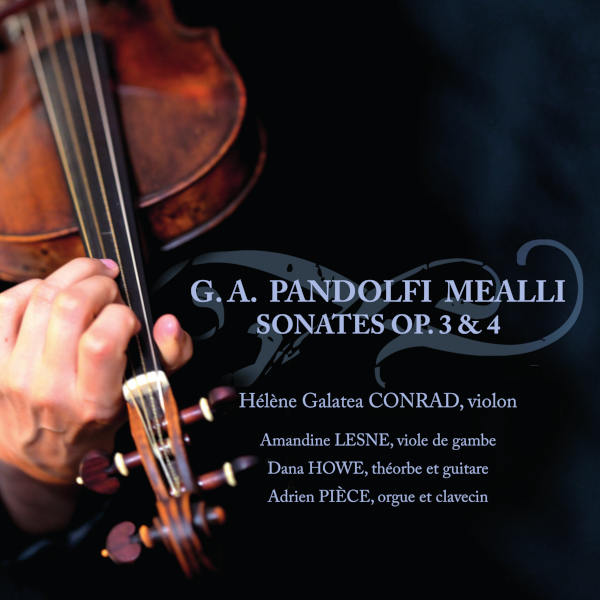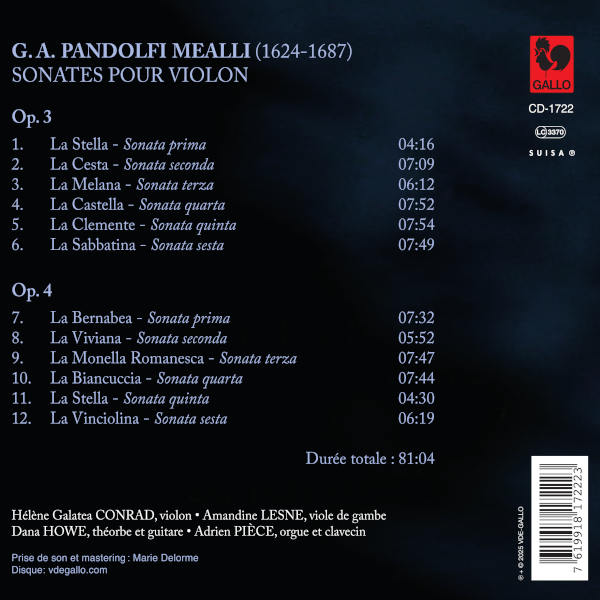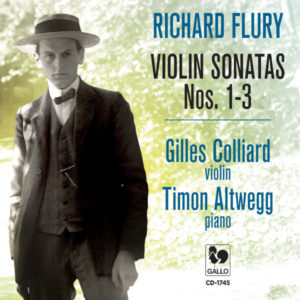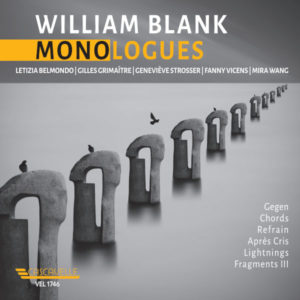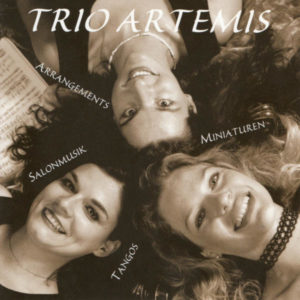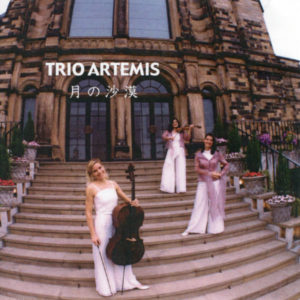Extraits / Excerpts
Pandolfi Mealli: Violin Sonatas, Op. 3 & Op. 4 - Hélène Galatea Conrad
Giovanni Antonio PANDOLFI MEALLI
6 Violin Sonatas, Op. 3: No. 1, La stella – No. 2, La cesta – No. 3, La melana – No. 4, La castella – No. 5, La clemente – No. 6, La sabbatina
6 Violin Sonatas, Op. 4: No. 1, La bernabea – No. 2, La viviana – No. 3, La monella romanesca – No. 4, La biancuccia – No. 5, La stella – No. 6, La vinciolina
Performers:
Hélène Galatea Conrad, Violin (Website)
Amandine Lesne, Viola da gamba
Dana Howe, Theorbo and Guitar
Adrien Pièce, Organ and Harpsichord
Giovanni Antonio Pandolfi Mealli
Little is known about the life of the violinist and composer Giovanni Antonio Pandolfi Mealli. Domenico Pandolfi (the first name change and the addition of his stepfather’s surname came later, perhaps for reasons of inheritance and following priestly vows), was probably born in 1624 in Montepulciano. He studied in Venice where his half-brother Giovan Battista Mealli sang in the Ducal Chapel of Saint Mark’s, whose Master was none other than Claudio Monteverdi.
We know that Pandolfi was later engaged by the enlightened music lovers Archduke Charles-Ferdinand of Habsburg and his wife Archduchess Anne de Medici at the Court of Innsbruck, described as the «Capital of Wonders» in the 1650s-60s, at the same time as his more famous contemporary Pietro Antonio Cesti.
It was in this paradise of the arts that Pandolfi Mealli composed the twelve sonatas for violin and bass, per chiesa e camera, that have come down to us in two opuses dedicated respectively to the Archduchess and Archduke Sigismund-Francis (brother of Charles-Ferdinand, who inherited his titles on his death in 1662), and presumably grouped together in this way so as to be able to thank the two sovereigns of the Court.
These are Opuses 3 and 4, and it is not known what became of Opuses 1 and 2 – it is possible, however, that the latter was reprinted in Rome in 1669 under the title of the third opus which has survived, entitled Sonates, Ballets, Sarabande, Courantes, Passacaille, Capricettis and a Trombetta, for one and two violins with, if you like, a third voice for the viola, without an opus number.
It was at the time of this last publication that Pandolfi Mealli was to be found in Messina, a port city at the height of its influence in the Kingdom of Sicily, which still belonged to the Spanish crown. He was first violin in the cathedral’s Senatorial Chapel, a prestigious post created by the city’s senator to increase its influence. But at the same time, to neutralise the growing power of the Sicilian cities, Spain stirred up their rivalry and sowed discord among their populations, triggering the anti-Spanish revolt in Messina between 1674 and 1678.
It was against this explosive backdrop that Pandolfi Mealli quarrelled violently with a singer, presumably for political reasons, in the middle of the cathedral, killing him with a stab wound. He was forced to flee the city, and it was not until 1678 that his active presence was again attested, this time at the Royal Chapel in Madrid, probably thanks to the position he had once held at the Habsburg Court, until his presumed death around 1687.
- Categories
- Composers
- Interprets
- Booklet
